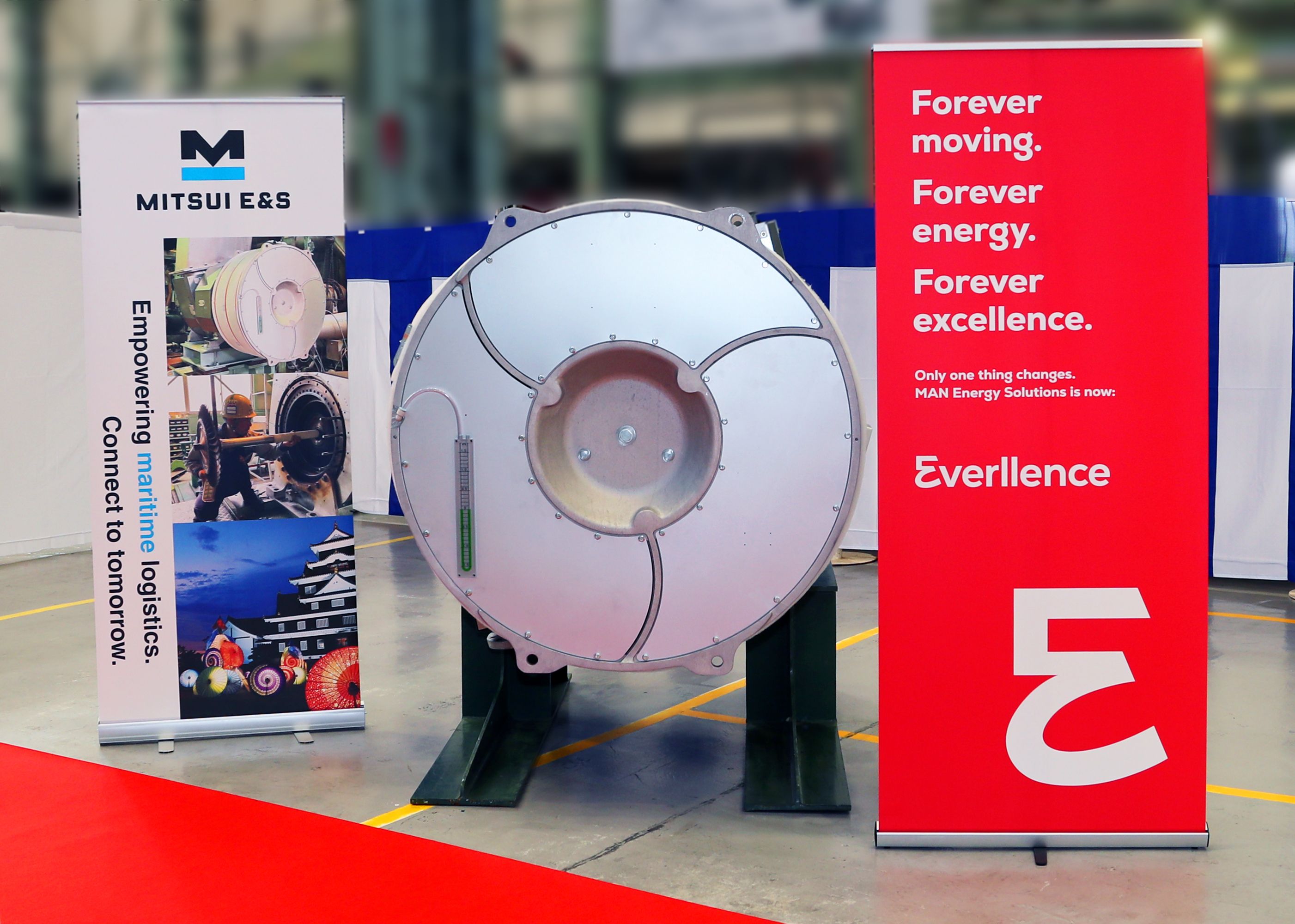News
Podcast
TurboTime Podcast: The Turbomachinery Design Process - Part I
Author(s):
Do engineers overrely on computational tools? The Myth Busters deep dive into engineering tools, such as CFD and FEA, used to design turbomachines.
In this episode of the TurboTime podcast, Myth Busters Klaus Brun and Rainer Kurz discuss the design of turbomachines. They describe the typical design process for a turbomachine, outline the required engineering tools, and explain each analytical tool's function: finite element analysis, computational fluid dynamics (CFD), and rotor and blade dynamics. They also discuss how compressors, pumps, and turbomachines were designed before these advanced computational tools existed.
TURBO: Can you describe the typical design process of a turbomachine and what engineering tools are required?
BRUN: You begin with what's known as a 1D analysis, then move to a 2D analysis, also called a blade passage flow analysis. After that, you proceed to 3D and conduct some testing before refining your geometry. In essence, that's the aerodynamics part, right? However, there’s an initial step that is often overlooked, which is your own experience. You start your design based on your experience and your existing machinery portfolio. If you’re a turbomachinery manufacturer with 50, 60, or 70 years in the field, you’ve likely worked on various types of machines. Therefore, before designing a new machine, impeller, or expander, you review your existing portfolio; that's usually your starting point. You examine what's closest to your needs within that portfolio to determine if you can build upon it or if you need to start from scratch. Besides the aerodynamic design process, there's also a review of structures and dynamics that runs parallel to your aerodynamic process. You perform aerodynamic design followed by structural checks. Essentially, you assess the solids and dynamics to ensure there’s no risk of failure due to vibration. You conduct these evaluations throughout to avoid potential failures. These are generally well-known considerations. Additionally, a third aspect that often gets overlooked is manufacturability. It’s crucial to ensure that what you're designing can actually be manufactured, as it wouldn’t make sense to design an impeller or a machine that ultimately cannot be produced due to a lack of available technology or machinery. This consideration relates closely to materials, so manufacturability and materials fall into the same category, requiring a review of your materials, coatings, etc., throughout the design process to ensure that your design is feasible for production.
KURZ: I’d also like to point out that, as engineers, we don't design these machines out of thin air. There’s usually a use case, a customer, or a market assessment that indicates we need something that fits specific requirements. This could be a gas turbine that produces 20,000 horsepower or a compressor that can deliver more throughput than what my competitors can achieve within a given casing size, and so on. Then, we enter a process where engineering is asked, "Hey, can you guys do that?” Of course, someone also inevitably asks if we can achieve that at a cost that makes the project feasible. Yes, Klaus is absolutely right; this essentially defines the playground we work within. From there, we move from what could be considered a rough draft, using our experience, to increasingly refined concepts. Ultimately, you'll end up with some CFD simulations, and after building the first machine or prototype, there will be some testing to follow.
Newsletter
Power your knowledge with the latest in turbine technology, engineering advances, and energy solutions—subscribe to Turbomachinery International today.





